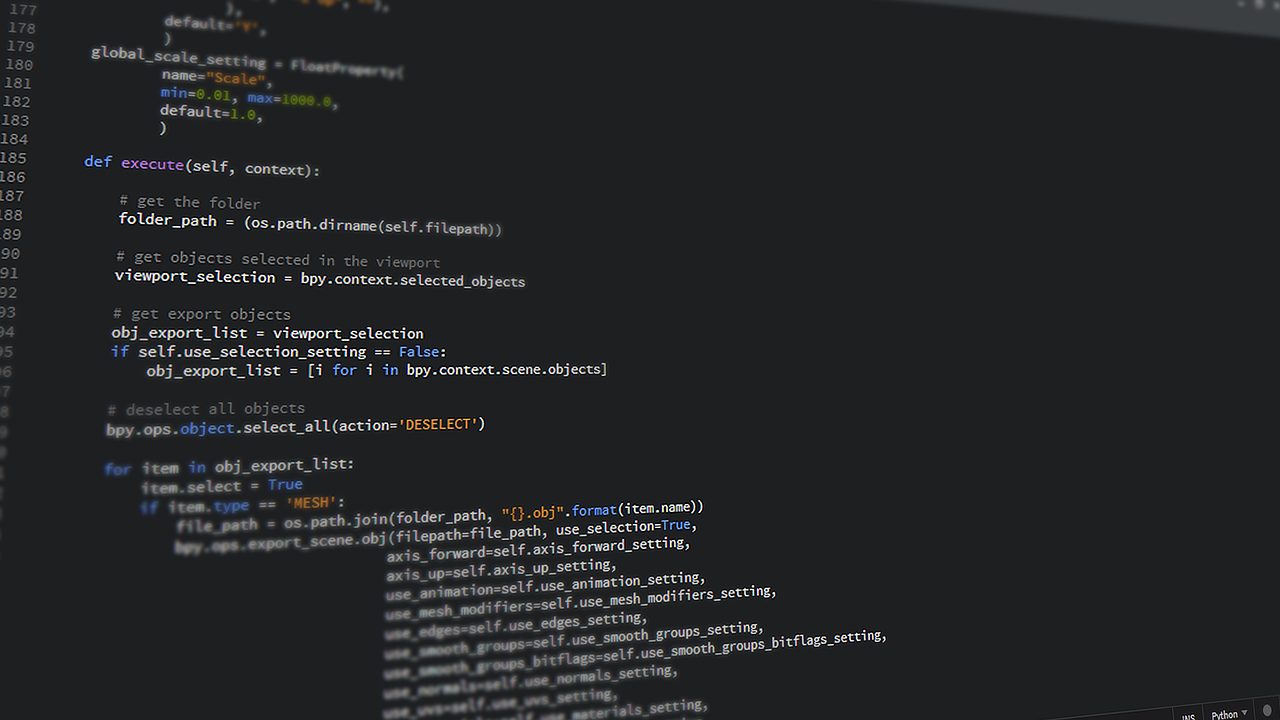Python Server Sent Events (SSE) is a unidirectional connection between a server and a client (usually a web browser) that allows the server to “push” information to the client. It is much like websockets and long polling. The main difference between SSE and websockets is that SSE is unidirectional, only the server can send info to the client, where as with websockets, both can send info to each other. SSE is typically considered to be much simpler to use/implement than websockets.
Python Server Sent Events: Flask SSE
@route("/stream")
def stream():
def event_stream():
while True:
if message_to_send:
yield "data:
{}\n\n".format(message_to_send)"
return Response(event_stream(), mimetype="text/event-stream")
Asyncio SSE
This example uses the asyncio SSE library: https://github.com/brutasse/asyncio-sse
import asyncio
import sse
class Handler(sse.Handler):
@asyncio.coroutine
def handle_request(self):
yield from asyncio.sleep(2)
self.send('foo')
yield from asyncio.sleep(2)
self.send('bar', event='wakeup')
start_server = sse.serve(Handler, 'localhost', 8888)
asyncio.get_event_loop().run_until_complete(start_server)
asyncio.get_event_loop().run_forever()

